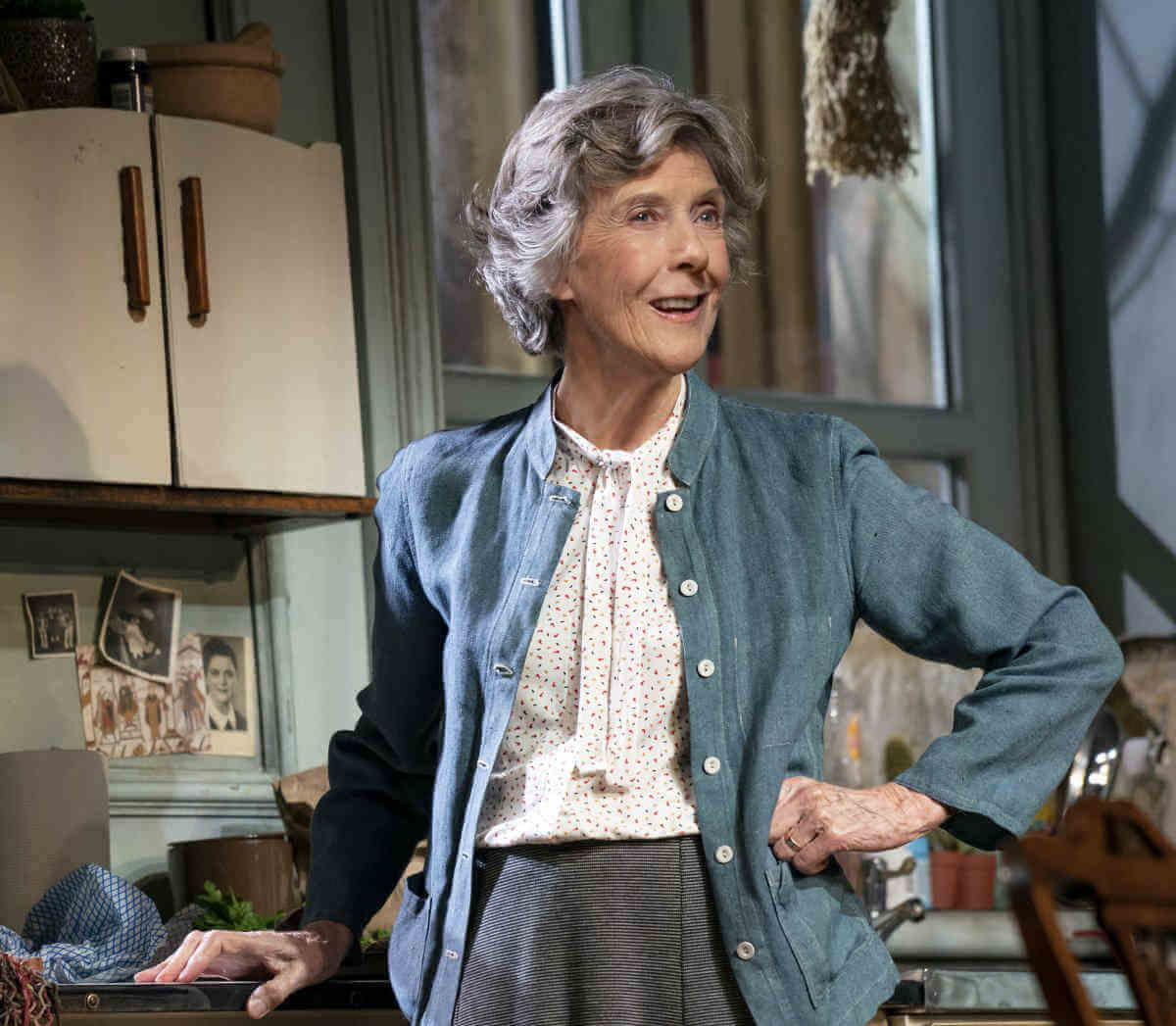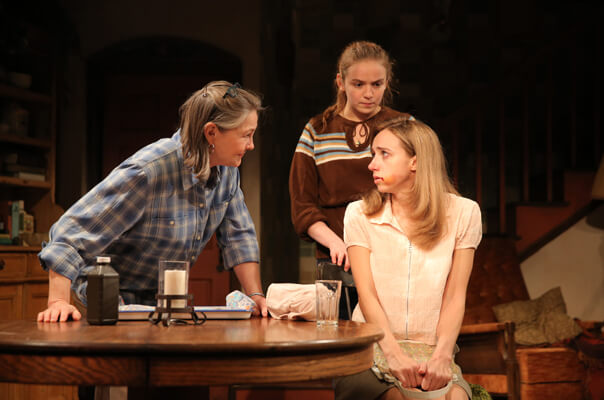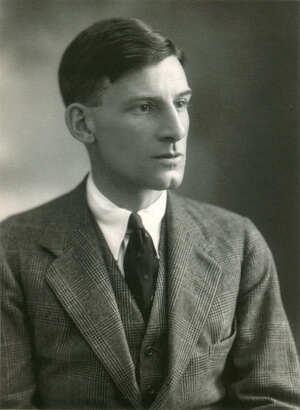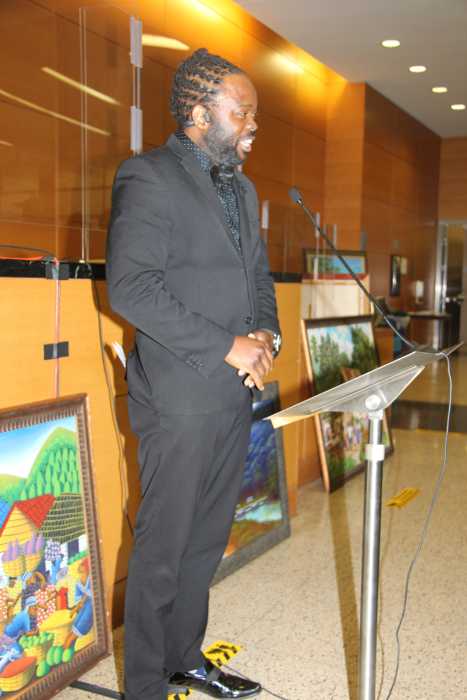There are actors about whom people say it would be worth the price of admission to hear them read the phone book. The Americans Audra McDonald and Cherry Jones fall into that class, as does the Britisher Eileen Atkins. Combining that elusive, luminous star quality with authenticity and pure talent, they will shine in any material.
For Atkins and her brilliant performance in “The Height of the Storm,” the phone book might have been the more literate choice. That at least has a coherent organization and a through-line an audience can follow, however simplistic. Florian Zeller’s play, translated from the French by Christopher Hampton, on the other hand, is anything but simplistic, which is a diplomatic way of saying that it’s a confusing, impenetrable mess.
The set-up — it can’t be called a plot — is that two elderly people, Ann and André are, or have been, living together in a rambling house in the Paris suburbs for the better part of 50 years. Now, one of them is dead. The problem is we have no idea which one. The piece is an amalgam of scenes, such as one in which André’s daughters are trying to convince him to go to assisted living now that he’s alone or another where Ann is talking about the relationship to her daughters now that she’s alone. There are scenes with Ann and André together in a comfortably mature relationship. It’s difficult to know as each scene unfolds who is alive, who is dead, and what year it is. It’s exhausting. Zeller, in his blessedly short 80-minute exercise, gives us no way to know, or reason to care about, the characters other than as pawns in his game.
There are plenty of examples of non-linear narratives that create powerful theater. The current revival of Pinter’s “Betrayal” is one, as is David Hare’s “Plenty,” or even “Equus.” The structure is never the question when the audience can be engaged, but Zeller doesn’t know the difference between the abstract and the abstruse. An audience needs to be able to say, “Oh, I see what you’re doing,” and go with it. Even Beckett, Ionesco, and Genet provided that, and none of them wrote plays that one saw for the story. Zeller may be going for some kind of existentialist commentary on aging or marriage and perhaps an expressionistic exploration of the mind of someone suffering from dementia, but when we don’t know the rules of the world the playwright has created the result is muddy.
Nearly all is forgiven, however, when Atkins is on stage. She fills each moment with believable human complexity, whether talking about the life she wants to live without her daughters’ interference or quietly peeling mushrooms. Atkins’ Ann is a woman who is present and, after a long time, knows who she is. But these moments are isolated and do not provide a coherent character, and that’s the play’s failing.
Jonathan Pryce as André has a harder task. André has advanced dementia, which is what suggests that the jarring time shifts are supposed to reflect his untethered relationship to time, but that’s just a guess. Without even minimal framing to clue the audience in, Pryce, for all his obvious commitment to the role, never makes André’s behavior seem anything other than random. Even if André doesn’t know where he is, the audience should if we are to muster any empathy for him.
Jonathan Kent’s direction doesn’t do much for the piece other than literally shine a spotlight on whichever character is supposed to be alive in any given scene. It sometimes helps, but more often does not.
As to why this play was such a hit in London that Manhattan Theatre Club imported it, that’s as baffling as the play itself. The only reasonable answer is that it was a “snob hit,” a concept introduced by William Goldman in his 1969 book, “The Season.” Three of the components he sardonically identifies of this phenomenon are that a play be “unintelligible,” “British,” and that attendance confers a kind of intellectual superiority on the audience. Goldman’s bias is toward full-on commercial theater, but he makes a point. “The Height of the Storm” couldn’t exist without MTC’s subscription audience. In the current market, how many people will pay $170 to show intellectual superiority? Obscurity is not artistry; it’s merely annoying.
Horror impresario Timothy Haskell is up to new tricks with his latest, participatory experience, “I Can’t See.” Created with Paul Smithyman, this immersive, interactive show takes attendees through a classic horror story with a twist: audience members are walking through the environment completely blindfolded. The story is experienced through all the other senses, as one walks through the unpredictable maze, often led, pushed or prodded by unseen characters.
“I Can’t See” is based on the W.W. Jacobs story “The Tollhouse,” and it’s appropriately spooky. The job of the audience is to get through without dying — metaphorically, of course.
As with all of Haskell’s pieces, there’s a balance of cheesy horror, narrative sophistication, and enough creepy stuff to keep the audience on edge. It has no pretensions to anything other than a fun quasi-theatrical event, and it succeeds.
If you’re looking for an unusual Halloween or horror experience, this may be just the ticket. It would be great for a group to do together as a holiday activity. The “danger,” such as it is, is all in your imagination, so there should be no worries about being blindfolded unless being unable to see for 45 minutes is something you can’t handle. For my money, it’s definitely worth it to block out the time and your optical sense to abandon yourself to the experience.
THE HEIGHT OF THE STORM | Samuel J. Friedman Theater, 261 W. 47th St. | Tue.-Wed. at 7 p.m.; Thu.-Sat. at 8 p.m.; Wed., Sat.-Sun. at 2 p.m. | $79-$169 at telecharge.com or 212-239-6200 | Eighty mins., no intermission
I CAN’T SEE | 133 Greenwich St. at Thames St. | Through Nov. 3: Tue.-Sun., schedule varies from 5 p.m. to 11 p.m., entry on the half hour | $45-$50 at nightmarenyc.com/tickets; $20 student rush half hour before each entry | Forty-five mins.



































